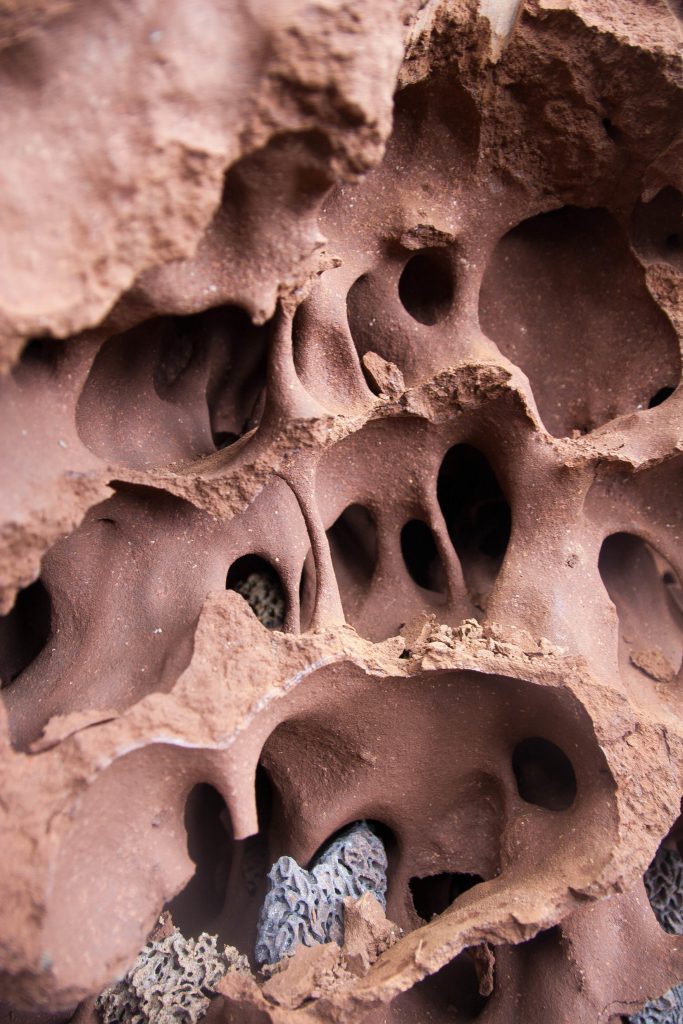
Part of the egress complex of a mound of Macrotermes michaelseni termites from Namibia. Credit: D. Andréen
The characteristics of the “egress complex” found in termite mounds can be replicated to enhance the optimize interior climate of buildings.
Of the approximately 2,000 recognized termite species, some play a crucial role as ecosystem engineers. The colossal mounds, up to eight meters high, constructed by several termite genera like Amitermes, Macrotermes, Nasutitermes, and Odontotermes, represent some of the most significant biological formations globally. These structures have been honed and perfected by natural selection over tens of millions of years. How might human architects and engineers benefit from studying these industrious insects?
A groundbreaking study published in Frontiers in Materials demonstrates the valuable lessons we can learn from termite mounds to create comfortable interior climates in our buildings. The exciting part is, these techniques could potentially minimize the carbon footprint typically associated with air conditioning.
“Here we show that the ‘egress complex’, an intricate network of interconnected tunnels found in termite mounds, can be used to promote flows of air, heat, and moisture in novel ways in human architecture,” said Dr. David Andréen, a senior lecturer at the bioDigital Matter research group of Lund University, and the study’s first author.
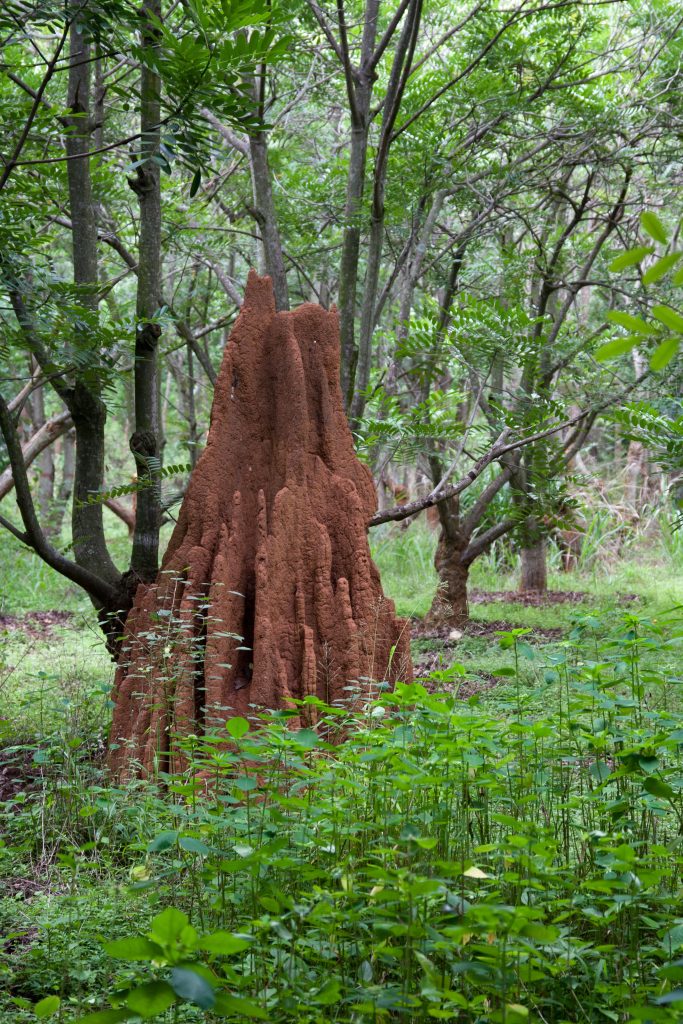
Termite mound in Bangalore, India. Credit: D. Andréen
Termites from Namibia
Andréen and co-author Dr. Rupert Soar, an associate professor at the School of Architecture, Design and the Built Environment at Nottingham Trent University, studied mounds of Macrotermes michaelseni termites from Namibia. Colonies of this species can consist of more than a million individuals. At the heart of the mounds lie the symbiotic fungus gardens, farmed by the termites for food.
The researchers focused on the egress complex: a dense, lattice-like network of tunnels, between 3mm and 5mm wide, which connects wider conduits inside with the exterior. During the rainy season (November through April) when the mound is growing, this extends over its north-facing surface, directly exposed to the midday sun. Outside this season, termite workers keep the egress tunnels blocked. The complex is thought to allow evaporation of excess moisture, while maintaining adequate ventilation. But how does it work?
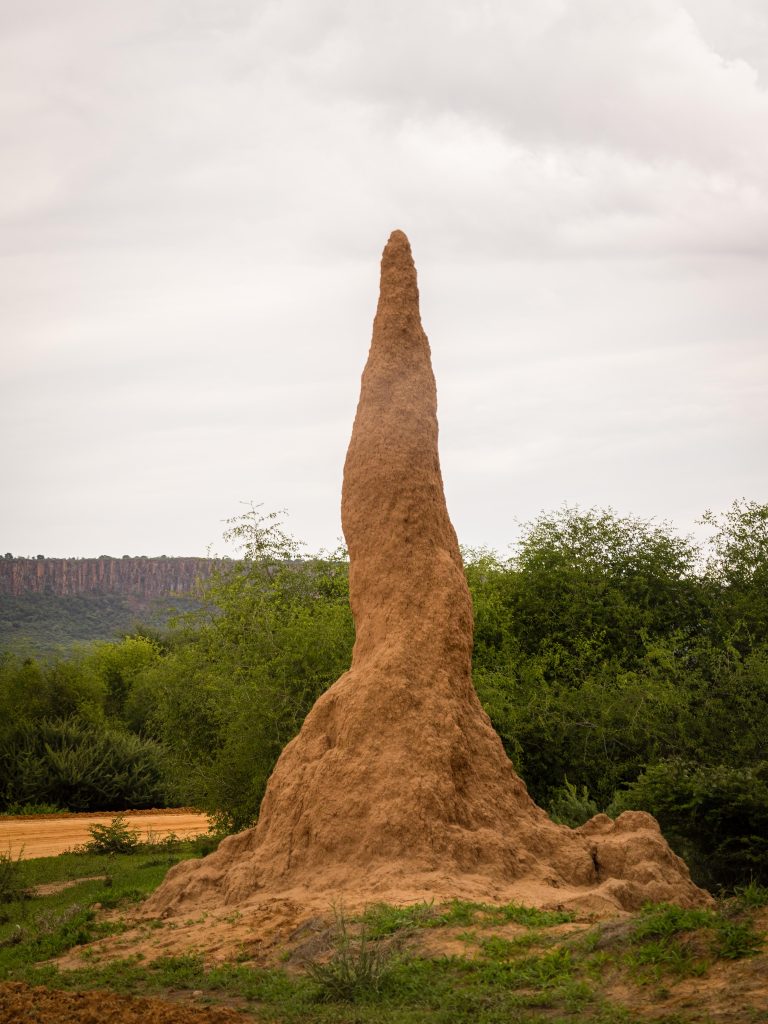
Termite mound in Waterberg, Namibia. Credit: D. Andréen
Andréen and Soar explored how the layout of the egress complex enables oscillating or pulse-like flows. They based their experiments on the scanned and 3D-printed copy of an egress complex fragment collected in February 2005 from the wild. This fragment was 4cm thick with a volume of 1.4 liters, 16% of which were tunnels.
They simulated wind with a speaker that drove oscillations of a CO2-air mixture through the fragment while tracking the mass transfer with a sensor. They found that airflow was greatest at oscillation frequencies between 30Hz and 40 Hz; moderate at frequencies between 10Hz and 20 Hz; and least at frequencies between 50Hz and 120 Hz.
Turbulence helps ventilation
The researchers concluded that tunnels in the complex interact with wind blowing on the mound in ways that enhance mass transfer of air for ventilation. Wind oscillations at certain frequencies generate turbulence inside, whose effect is to carry respiratory gases and excess moisture away from the mound’s heart.
“When ventilating a building, you want to preserve the delicate balance of temperature and humidity created inside, without impeding the movement of stale air outwards and fresh air inwards. Most HVAC systems struggle with this. Here we have a structured interface that allows the exchange of respiratory gasses, simply driven by differences in concentration between one side and the other. Conditions inside are thus maintained,” explained Soar.
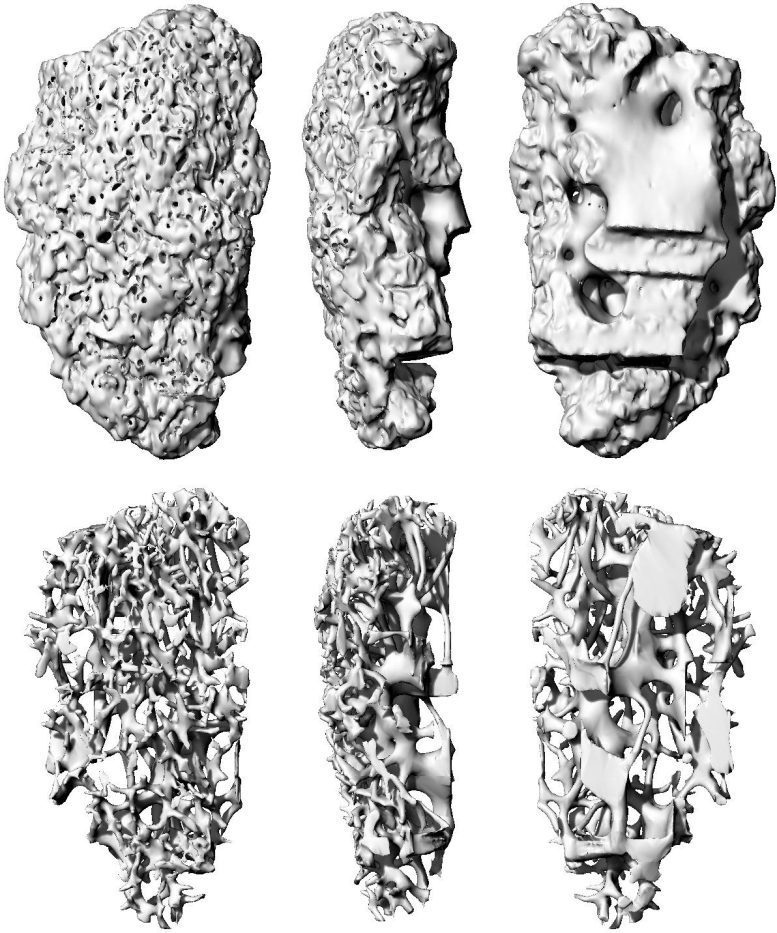
3D scan of a fragment of the egress complex of Macrotermes michaelseni termites. Credit: D. Andréen and R. Soar
The authors then simulated the egress complex with a series of 2D models, which increased in complexity from straight tunnels to a lattice. They used an electromotor to drive an oscillating body of water (made visible with a dye) through the tunnels and filmed the mass flow. They found, to their surprise, that the motor needed to move air back and forth only a few millimeters (corresponding to weak wind oscillations) for the ebb and flow to penetrate the entire complex. Importantly, the necessary turbulence only arose if the layout was sufficiently lattice-like.
Living and breathing buildings
The authors conclude that the egress complex can enable wind-powered ventilation of termite mounds at weak winds.
“We imagine that building walls in the future, made with emerging technologies like powder bed printers, will contain networks similar to the egress complex. These will make it possible to move air around, through embedded sensors and actuators that require only tiny amounts of energy,” said Andréen.
Soar concluded: “Construction-scale 3D printing will only be possible when we can design structures as complex as in nature. The egress complex is an example of a complicated structure that could solve multiple problems simultaneously: keeping comfort inside our homes while regulating the flow of respiratory gasses and moisture through the building envelope.”
“We are on the brink of the transition towards nature-like construction: for the first time, it may be possible to design a true living, breathing building.”
The study was funded by the Engineering and Physical Sciences Research Council, the Swedish Research Council, and the Human Frontier Science Program.


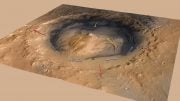






From caves to anthills – a fitting symbol of the rise and fall of our civilisation.